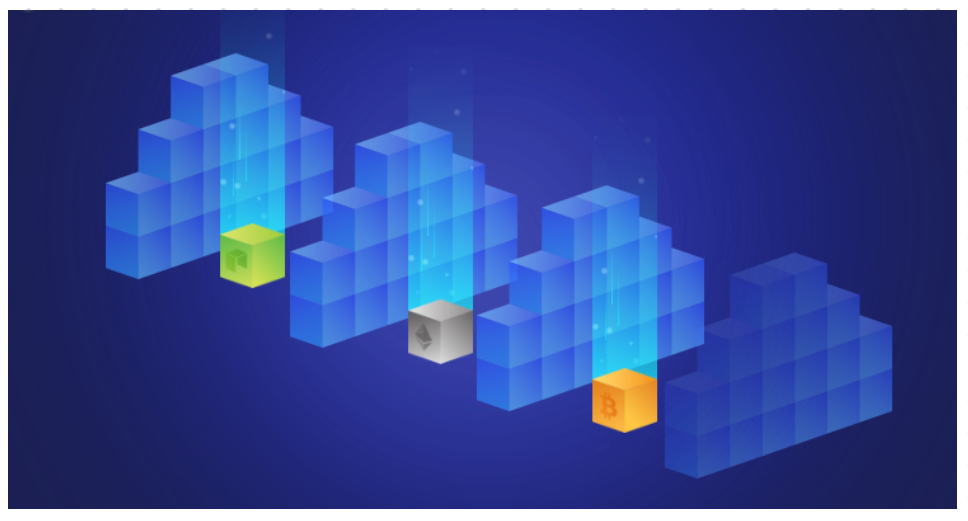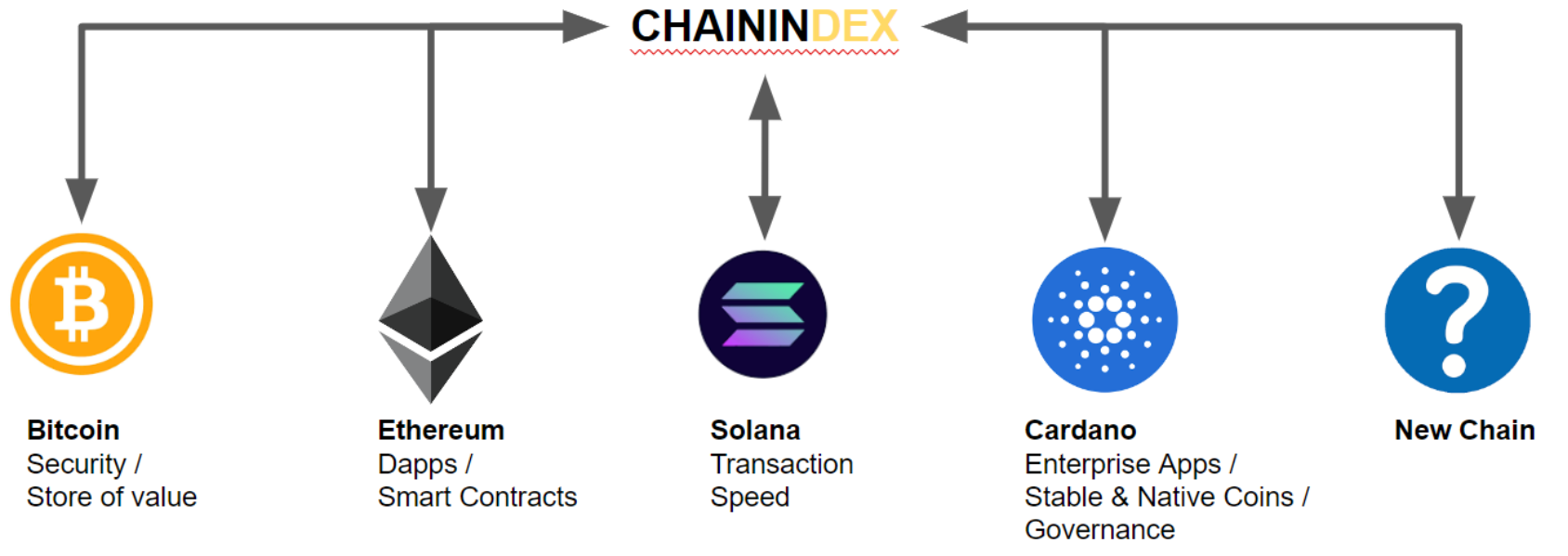Why ChainIndex Is Needed
Blockchains today are walled gardens. The current blockchain ecosystem is fragmented across various protocols each with its own unique strengths and weakness.

The current solution is to build everything that is needed into one protocol leading to congestion and centralization. This is not scalable if decentralization is to be preserved.
Current proposed solutions such as layer zero attempt to address gap through messaging layers, trusted oracles, or validators with elevated positions; however these solutions are centralized in nature, require modifications or developments to the bridged chains, or limited to particular subset of chains (ex. Only built on EVMs).
Example - To this day there isn’t a trustless way for participants in the Bitcoin ecosystem to interact with those in Ethereum even though they are the largest chains by market cap.






